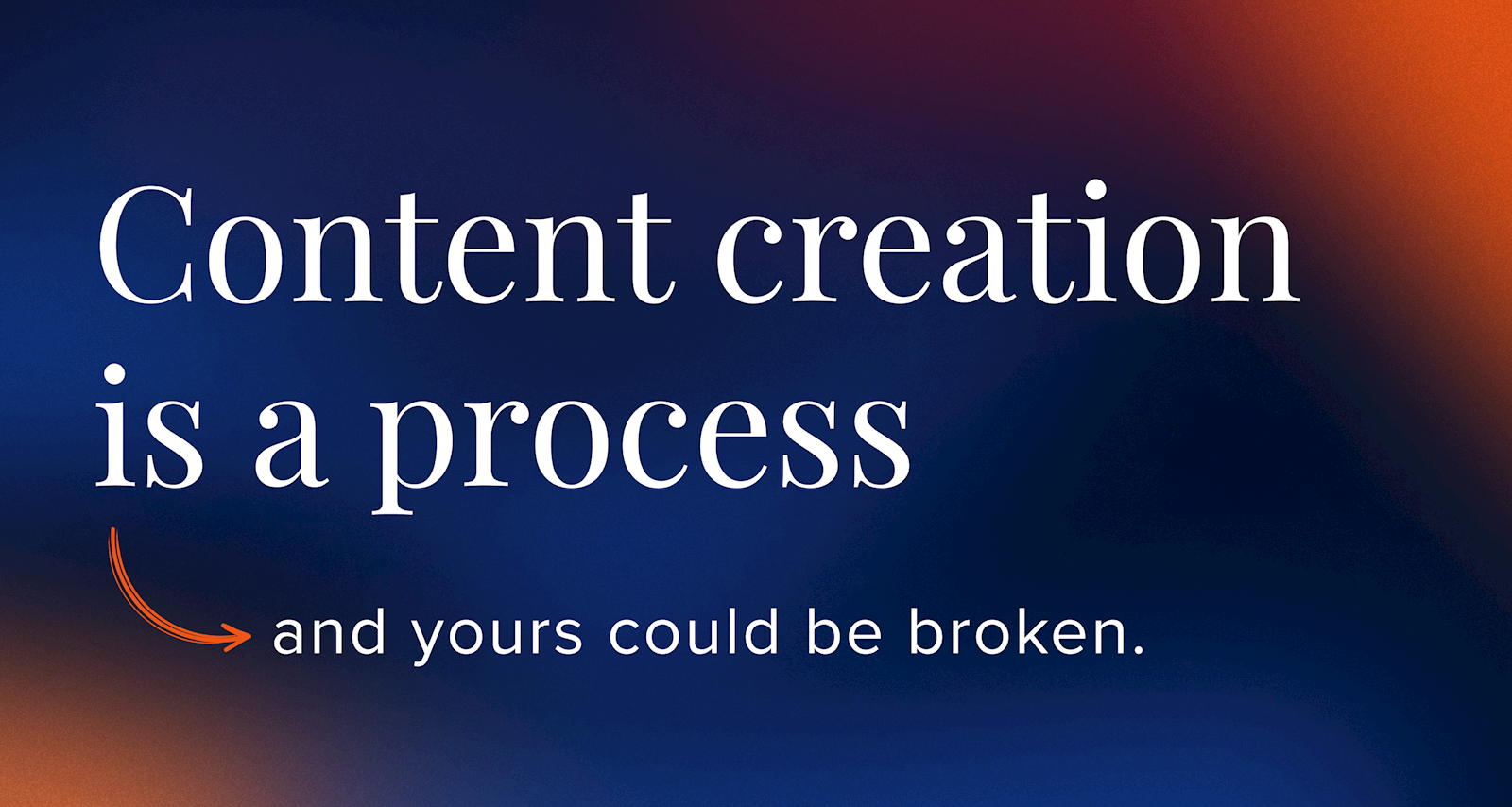6 Steps of End-to-End Content Production
Published by Spinutech on April 2, 2024

Every content strategist will know this story beat for beat:
- Attention! A hot new content request from sales, marketing, or customer service has been delivered to the inbox of the content strategist.
- The content strategist gets to work, performing research and meeting with teams to understand the purpose and objectives of the content piece.
- The content is routed to multiple reviewers for feedback and approval. Multiple rounds of revisions ensue, each addressing a different person’s point of view and stylistic preferences. By this point, the content may barely resemble the original request.
- After weeks of review and revisions, the content is finally ready to go out into the world. Only now, the source of the original request has a new focus or priority. The finished piece fades into obscurity, barely getting used or failing to perform as expected.
It may sound familiar to you, even if you’re not a content strategist.
If it does, please know this: It doesn’t have to be this way. In fact, it shouldn’t be.
The First Step is Admitting Your Process is Broken
Numerous clients have described this very process to us, expressing their frustration at creating content that never sees the light of day. Their internal content writers are bogged down with requests. They struggle to meet deadlines and their content fails to move the needle. Internal stakeholders may even question the point of producing content altogether.
This is what we tell them: Your content isn’t working because your production process is broken. Serving incoming requests is necessary to satisfy all segments of your business, but it’s reactive and likely not going to produce the results you need to make an impact.
Embrace an End-to-End Content Production Model
Be proactive instead of reactive. That means following a true end-to-end production process. One where there is no start or stop, and every step is necessary to ensure teams are producing content that works. That’s the only way you’re going to maximize your content efforts.
What does an end-to-end process look like? We’re glad you asked.
1. Do Your Research Upfront
Survey internal teams, perform keyword research, and conduct content audits to identify gaps in topics that align with your audience’s goals. There is also opportunity to collaborate with other tactical teams in developing your strategy — partnering with SEO to identify topics with high search value, leveraging CRO to optimize your content for conversions, and more.
2. Ideate & Document Your Plan
Organize your content ideas into a documented plan that outlines your content goals, KPIs, and publishing schedule.
3. Create Content Quickly
Find efficiencies by utilizing tools that can help you research topics and outline content faster. AI language learning models like ChatGPT are ideal for this step of the process because they can produce and organize information quickly.
4. Distribute & Manage Your Content
Once content is published or in its final form, ensure it’s shared with the appropriate teams and utilized across marketing channels. Update your content inventory frequently so teams have a resource to refer to when looking for assets.
5. Measure Content Performance
Analyze content performance according to your KPIs on a monthly basis, looking at trends and topics that outperform the others. Report on these findings to internal stakeholders so they know what is connecting with your audience.
6. Optimize Your Content
Look for opportunities to improve content performance or repurpose content for older content assets. Refreshing your content with updated information is key to driving content success.
Don’t Underestimate the Benefit of a Content Strategist
We omitted one key cog of the end-to-end content production model: The content strategist.
Content strategists live and breathe content production. They can help identify the bottlenecks in your process, fill in the gaps quickly, and maximize the value of each piece you create. A content strategist can help you build a proactive plan, document your strategy, and ensure your content production stays on schedule.
And we happen to know a few content strategists. If you’re interested in partnering with them to fix your content production process, let’s chat.